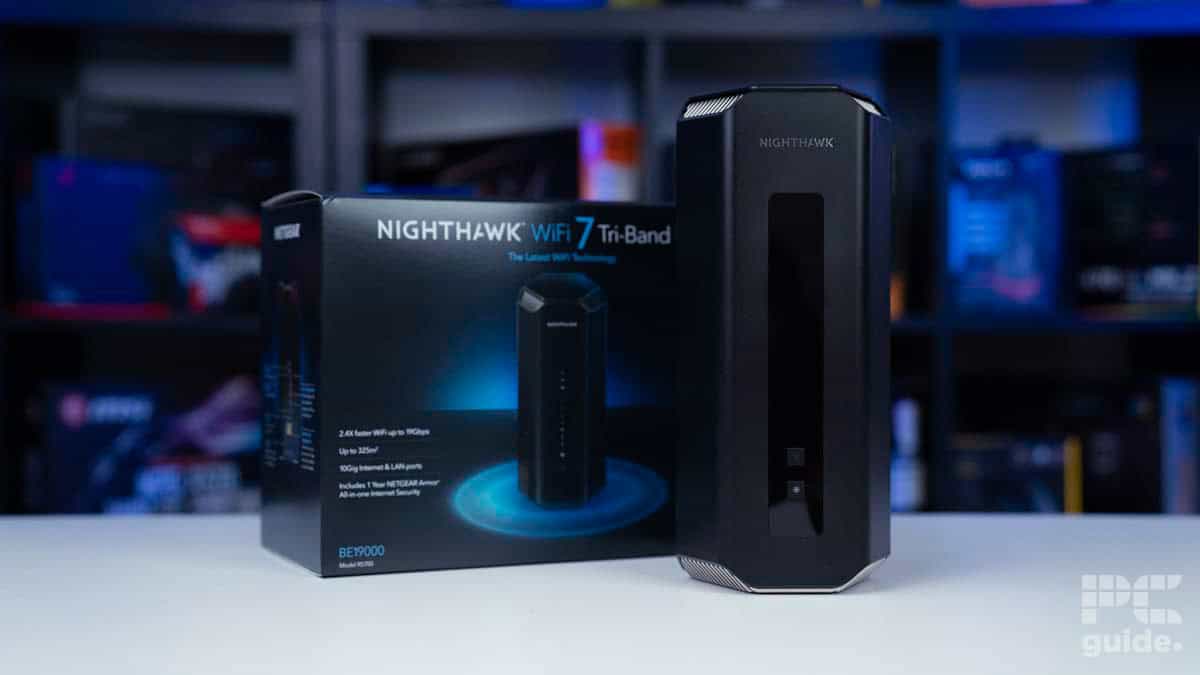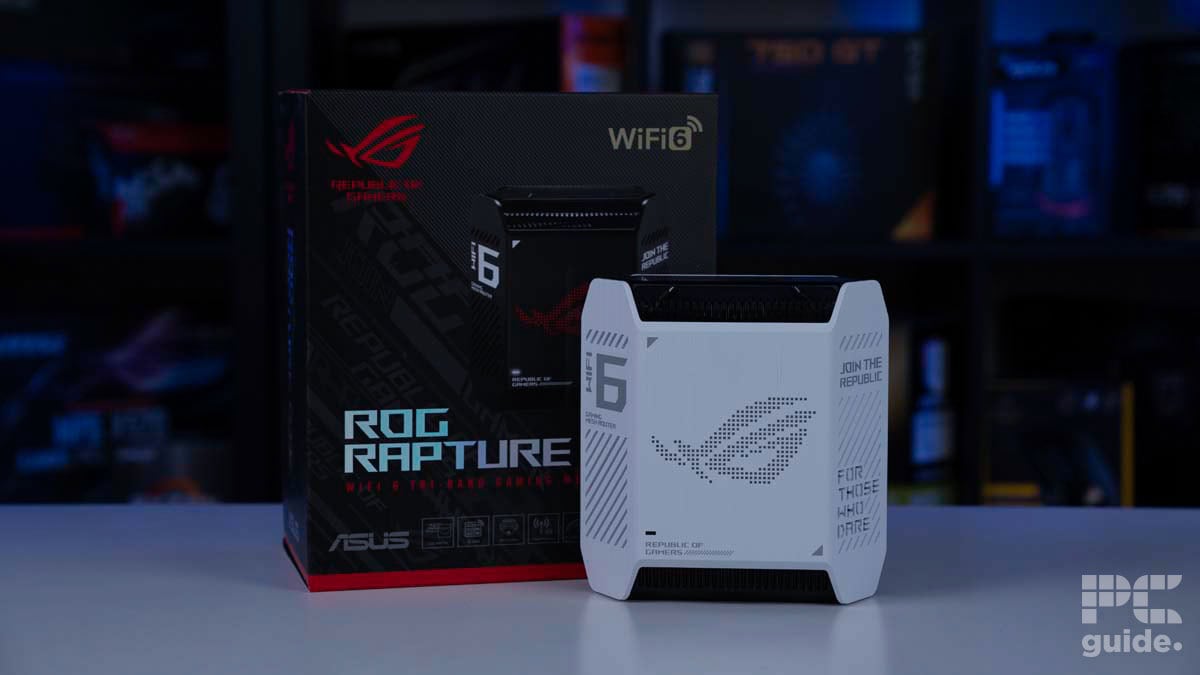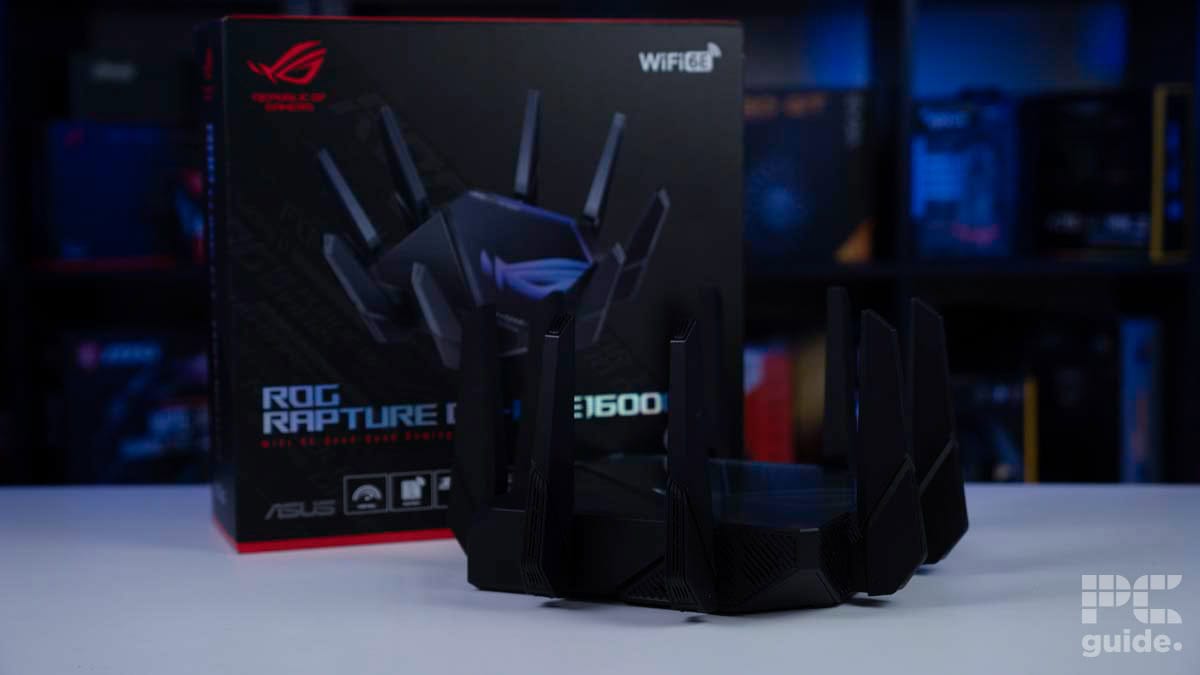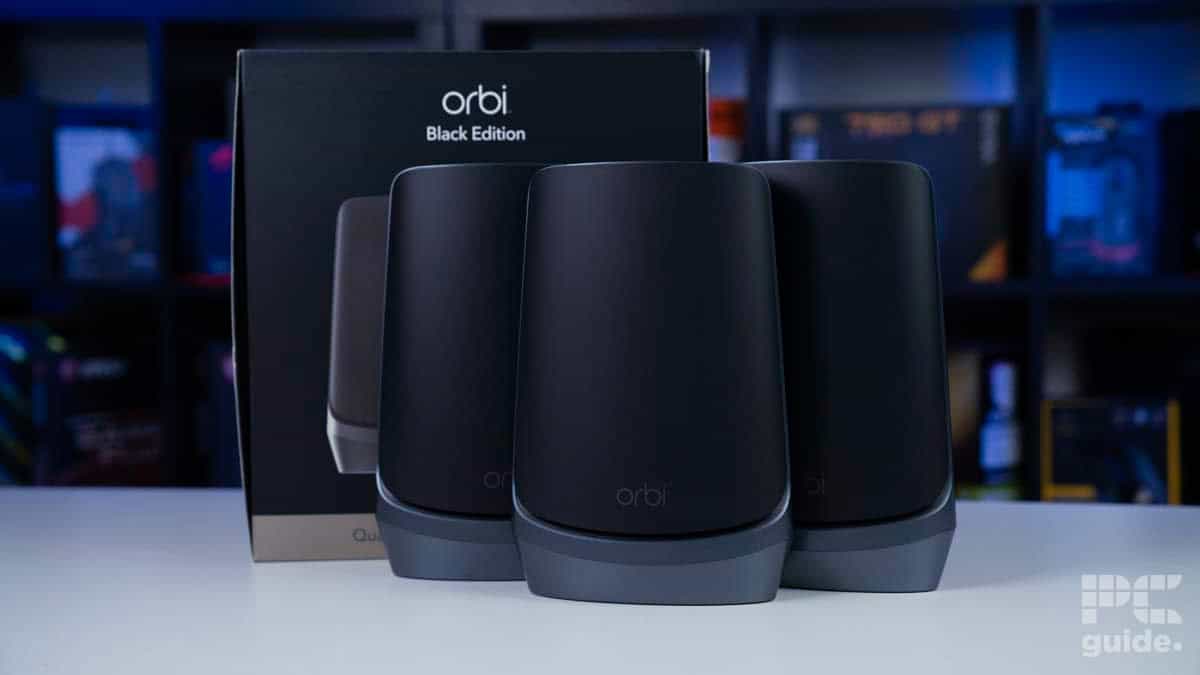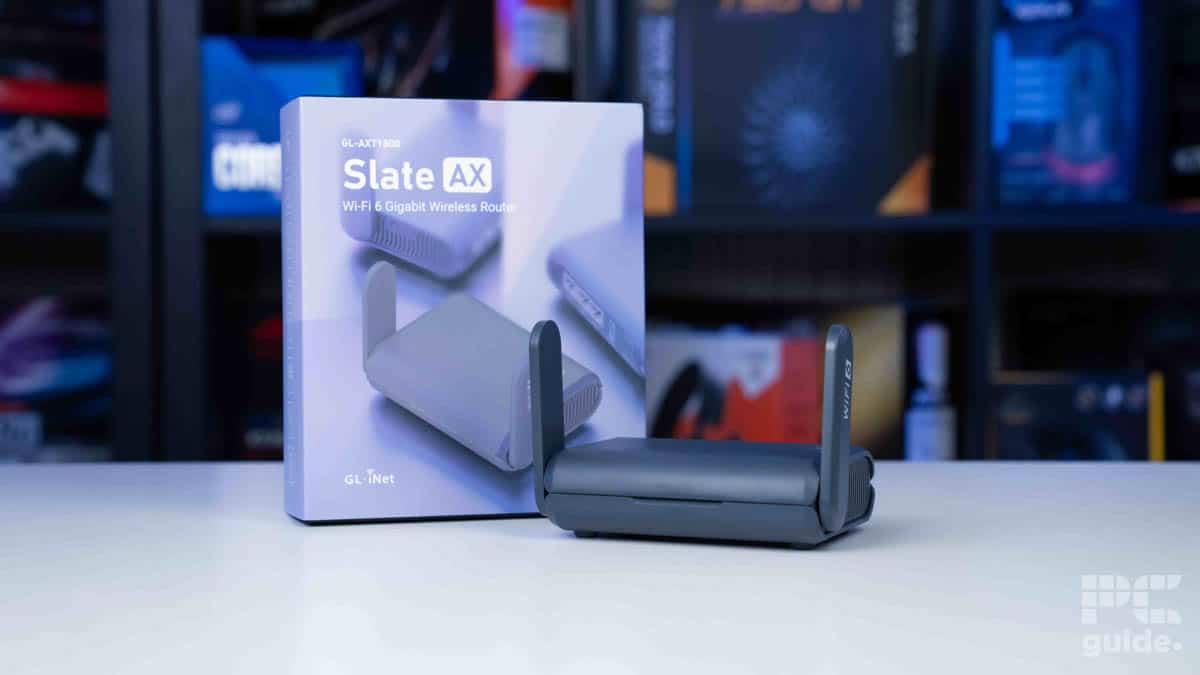How we test routers

The key to your home networking is how you connect to the wider internet or all your home devices. That’s where the best routers come into play. So to make sure we’re recommending the best options, or actually getting hands-on to see what it’s like to use it, we have a standard of practice to test these routers. Seeing how they compare against the competition and what it offers in general. That way we can review and give you an accurate conclusion and recommendation on these.
We have a whole page on the general setup in our office testing lab but for routers we we rely on the internet provided to the desks and evaluate with that. Which is rated at up to 300Mbps and seems to sit around 280Mbps. Setting up the router in the same spot as previous we can then evaluate its performance and setup. Where needed, we utilize the following hardware to test the LAN and WiFi capabilities.
Prime Day may have closed its doors, but that hasn't stopped great deals from landing on the web's biggest online retailer. Here are all the best last chance savings from this year's Prime event.
- Sapphire 11348-03-20G Pulse AMD Radeon™ RX 9070 XT Was $779 Now $719
- AMD Ryzen 7 7800X3D 8-Core, 16-Thread Desktop Processor Was $449 Now $341
- Skytech King 95 Gaming PC Desktop, Ryzen 7 9800X3D 4.7 GHz Was $2,899 Now $2,599
- LG 77-Inch Class OLED evo AI 4K C5 Series Smart TV Was $3,696 Now $2,996
- AOC Laptop Computer 16GB RAM 512GB SSD Was $360.99 Now $306.84
- Lexar 2TB NM1090 w/HeatSink SSD PCIe Gen5x4 NVMe M.2 Was $281.97 Now $214.98
- Apple Watch Series 10 GPS + Cellular 42mm case Smartwatch Was $499.99 Now $379.99
- AMD Ryzen 9 5950X 16-core, 32-thread unlocked desktop processor Was $3199.99 Now $279.99
- Garmin vívoactive 5, Health and Fitness GPS Smartwatch Was $299.99 Now $190
*Prices and savings subject to change. Click through to get the current prices.
PC Rig:
- Ryzen 9 7950X CPU
- ROG X670E Hero motherboard
- Phanteks 1000W PSU
- Corsair Dominator Titanium 64GB 6600
- ROG Ryujin II 360 AIO CPU cooler
Storage:
- Kingston SA400S37/240G
- Sabrent SATA USB 3.2 to SATA 2.5″
Phone:
- Samsung S21 FE
Design and features
Firstly we go through what’s in the box and what the router is like. Check out its design choices and how much space it actually takes up wherever you choose to install it. This is where the mentality behind its look comes in as well, as is it a more gamer RGB-focused design, or a more sleek choice for fitting in a bit better anywhere. Look over the quality and external features to see how good it looks and if it holds up.
The addition of vents and cooling is also key to a properly functioning router in the long run. But then we also review the ports and functional additions to the router, be it LEDs, switches, or anything else that might be useful to see outright. Particularly good to find is the count and speed of RJ45 ports for WAN and LAN along with any USBs and useful ports. The final assessment is the antennae and what WiFi standard is available to set up on the router.

Setup and controls
After unpacking and evaluating the router, then it’s time to set it up. Going through the process of plugging it in and powering it on and going through the process of getting the internet flowing through it. Be it using an app or plugged-in PC to set up the different WiFi channels. We configure different channels for the available frequencies for ease of testing the speeds for each later.
Here we can see what the available options are on the router, with a variety of apps and settings that we can evaluate and see what useful features are there to use. Take a look at the VPN options, parental controls, or traffic control capabilities. These can be some great additional options to secure your network and get the most out of it including any attached network storage or good options for mobile routers as well.
Testing
We go through a wide range of tests via both wireless and ethernet. These will give us a good idea of its performance across the board with a variety of tasks. For the wireless options connected to our phone, we use the apps WiFiman and Speed Test to get those results in and noted. Whilst for LAN, there are only a couple of tests that utilize Speed Test and CrystalDiskMark where appropriate. For the wireless options, we test these at four set distances and obstacles in between which are as follows:
- 10ft/ 3m
- 30ft/ 9m
- 60ft/ 18m with a wall in between the phone and router
- 90ft/ 27m with four walls in between with two rooms in between

Signal strength
First of all, we check how well the connection between the phone and router is maintained over the distances and with different obstacles in between, along with testing the different frequencies. Currently, that is limited to 2.4 and 5GHz with the equipment we have available. Measured in dBm we move to each location and using the WiFiman app we wait for the strength to settle and note down the negative value, where the closer to zero the better.
Connection speeds
Then we check how fast the connection is over wireless. As we look at both the physical and internet speeds, these differ by being the phone-to-router speed itself and then the actual speed of the internet connection. This is to see speeds without the limitation of our broadband and then how it translates to internet speeds. That is using a combination of WiFiman and Speed Test apps, whilst for LAN we just utilize Speed Test online to see how that translates to connection speeds.
Latency
In addition to the connection speeds we check the latency between our phone and the router. This is how long it takes for data to travel between the two, so we test to see if you can expect any issues at the different ranges.
Storage tests
Now where available we also test the storage speed connections. Connecting our SSD via a USB adapter and to an available port on the router. Then being able to access that via a connected PC, we use CrystalDiskMark to run a speed test to see how fast the benchmark can run over the connection and how well you can use the port as a storage option.

Scoring
For the scoring of the routers, we have a breakdown of the key features and how much they contribute to the marking process. When it comes to routers the key is how well they run your internet, but there are other factors that contribute to your home networking setup.
Performance (60%)
The prime factor of a functioning router is how well it performs. If you’ve got a good ISP with a lot of Mbps coming into your house you want to get most of it out to your devices. Along with a good amount of signal strength to reach a good amount of your household. Or ensure any network-connected devices can run at enough speed between each other such as NAS’
Design (10%)
There is a lot about the look and design of the router that comes into its scoring. Considering if it’s a bit too gamer-focused and bulky to fit into a normal house setup and might stand out too much.
Features (10%)
There are also plenty of other features that might be handy on the router. Be it faster ethernet ports, the number of them in total, along with any other ports and functions included. That does include what WiFi standard the router is based on.
Software (10%)
There is about the function of the router as well, how easy it is to set up with the different networks and functions. That includes how easy is to navigate and what additional features are included such as VPNs and all.
Price (10%)
The cost has a lot to say about the value of the router. Of course, newer ones on the latest standard will come at a higher price but they still have to provide a strong function all round as well.

